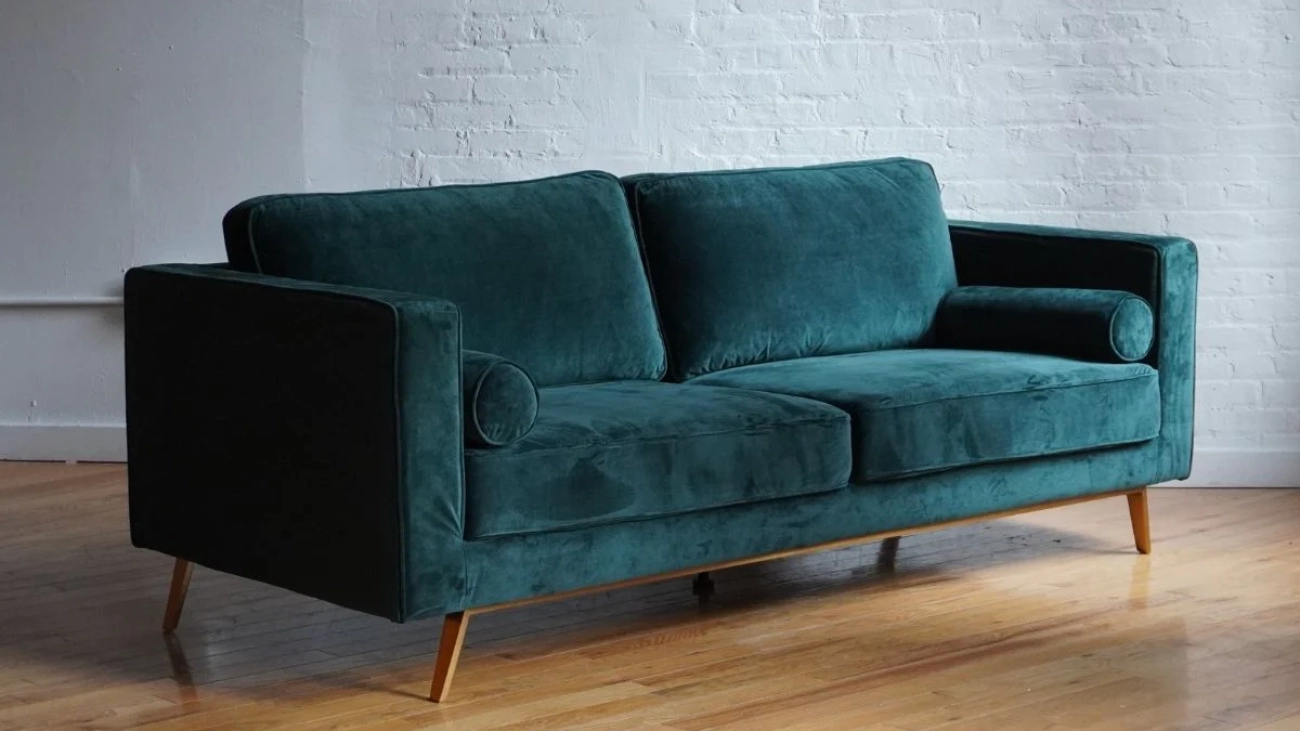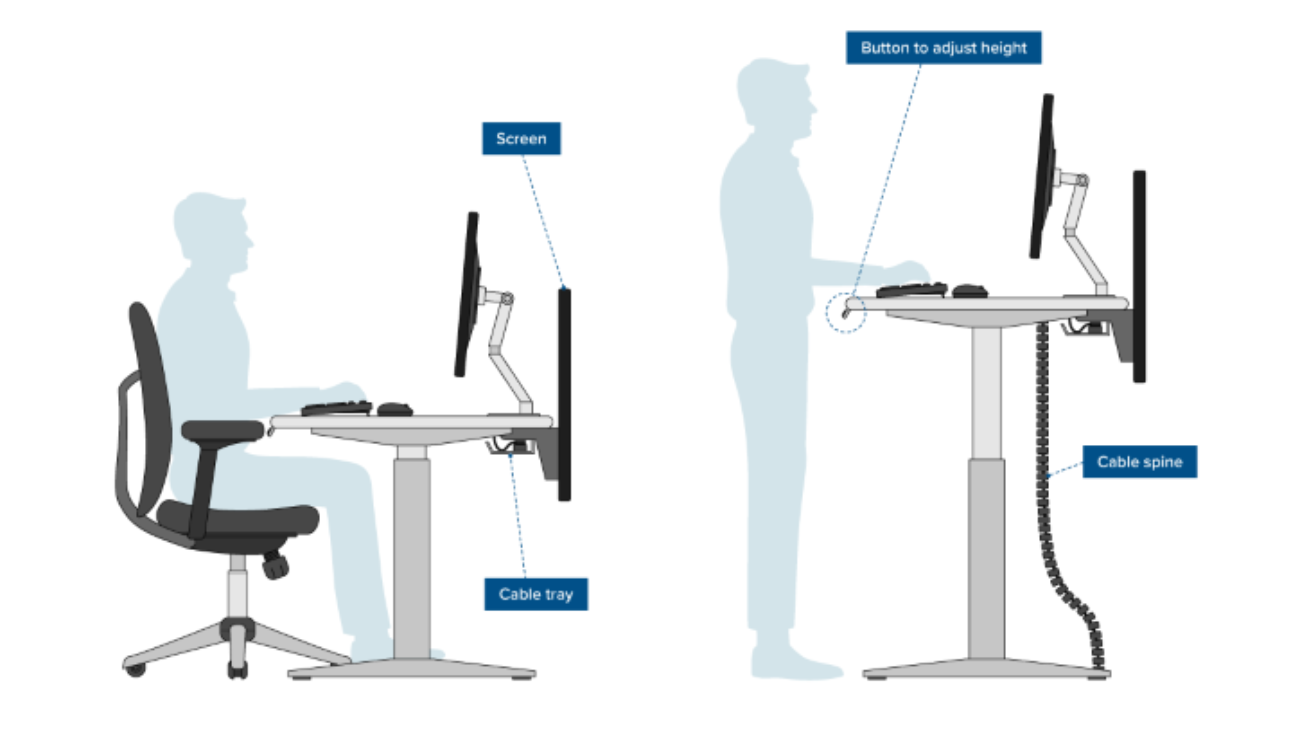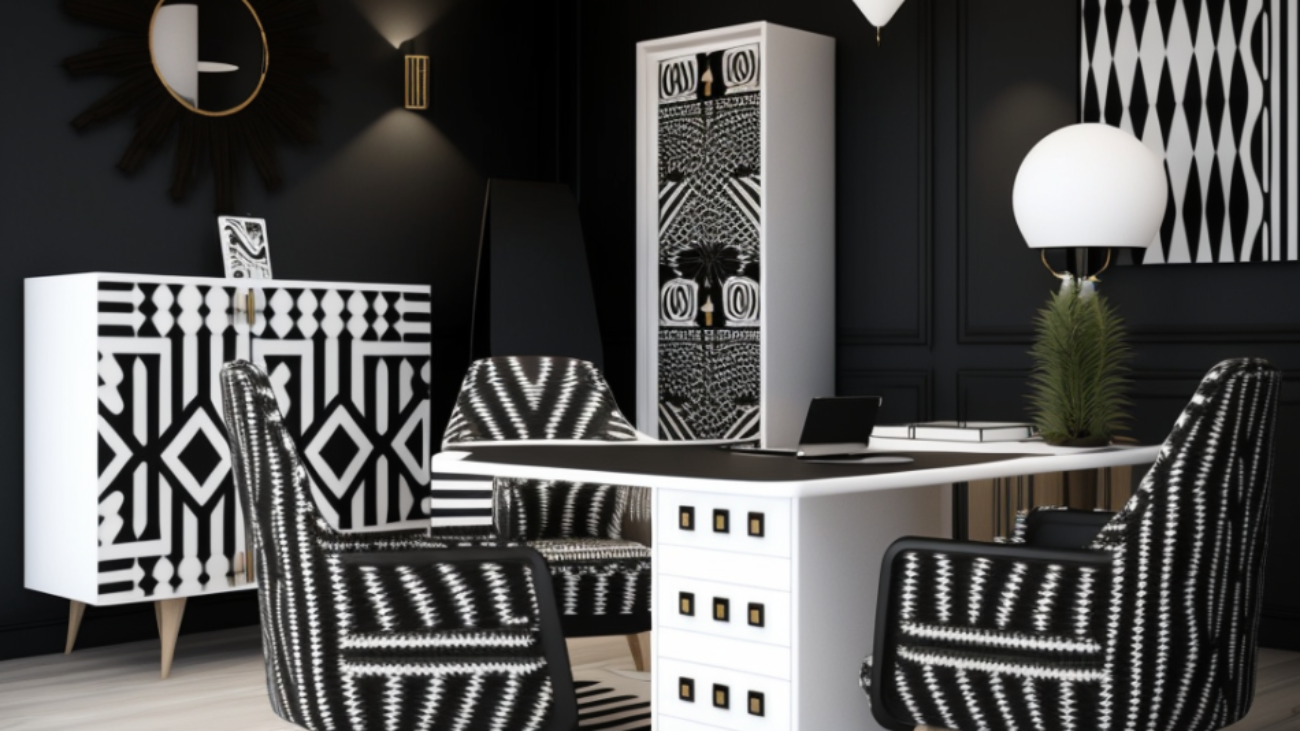As we enter 2023, the world of interior design is evolving rapidly, and made in Rwanda furniture trends are no exception. One material that is gaining popularity in the world of modern furniture is velvet. Velvet has been around for centuries, but it has made a big comeback in recent years, and its popularity is set to continue in 2023.
Velvet is a luxurious material that adds a touch of sophistication and elegance to any space. It is soft to the touch and has a unique texture that can elevate the look of any piece of furniture. Velvet has been used in interior design for centuries, but in recent years, it has become a popular choice for modern furniture.
Modern furniture in velvet comes in a variety of colors, including rich jewel tones, soft pastels, and neutral shades. The versatility of velvet means it can be used in a range of furniture styles, from sleek and modern to classic and traditional. One trend we are seeing in 2023 is the use of velvet in furniture that combines traditional and modern elements.
One example of this is the use of velvet in mid-century modern furniture. Mid-century modern furniture is known for its clean lines and simple shapes, but the addition of velvet can give it a touch of glamour and sophistication. A velvet accent chair in a bold color can make a statement in a minimalist space, while a velvet sofa in a neutral shade can add warmth and texture to a room.
Another trend we are seeing in 2023 is the use of velvet in modular furniture. Modular furniture is designed to be versatile and adaptable, and the addition of velvet can make it even more stylish and comfortable. A modular velvet sofa can be rearranged to fit any space and can be customized with different colors and textures to suit individual tastes.
When it comes to interior design trends for 2023, we are seeing a move away from minimalist and monochromatic spaces towards more colorful and eclectic interiors. The use of velvet in modern furniture fits perfectly with this trend. Velvet is a material that can be used to add color and texture to a space, and it pairs well with other materials such as wood, metal, and glass.
In conclusion, modern furniture in velvet is a trend that is set to continue in 2023 and beyond. Velvet is a versatile material that can be used in a range of furniture styles and colors, and it adds a touch of sophistication and elegance to any space. As we move towards more colorful and eclectic interiors, the use of velvet in modern furniture is the perfect way to add color and texture to a room.



